Doshi Levien bring India's everyday objects to life in a new exhibition at Grand-Hornu
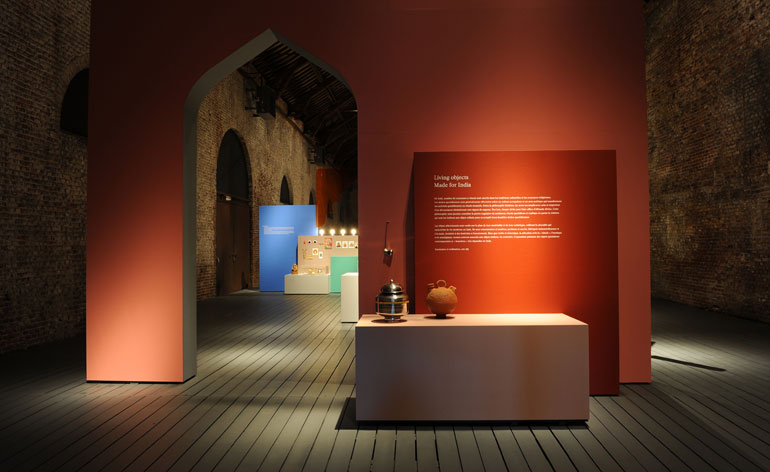
Europalia, a biennial arts festival with a focus on the cultural heritage of individual countries, is turning the spotlight on India for its 24th edition. Key to the program is the 'Living Objects: Made for India' exhibition at Grand-Hornu, for which UK-based design duo Doshi Levien have brought everyday artefacts from the sprawling subcontinent to Belgium.
Husband and wife team Jonathan Levien and Nipa Doshi met while studying furniture design at London's Royal College of Art, forming their design studio shortly after graduating. Born in Mumbai, Doshi's work is influenced by Indian visual culture and craftsmanship. Meanwhile, Levien - who hails from Scotland - draws on a more traditional industrial design background. It was their unique blend of intercontinental design sensibilities that made them the gallery’s first port of call to realise the exhibition.
‘The first question I asked myself was: whose "everyday" is it?' explains Doshi. 'But I think it's impossible to typify India with one person, cliché, religion, or economic level, because everything truly co-exists together.’ So, rather than try to pinpoint particular types, Doshi has drawn heavily on her own upbringing to collect, collate, and categorise a myriad of domestic paraphernalia ranging from tableware to kitchen utensils, gardening tools, religious decorations and bathing accessories.
Even the most banal objects, many of them handcrafted by untrained designers, are imbued with an exquisite visual power that is often unintentional. There’s plenty to uncover among the plethora of strange curios: a delightful neon pink rubber hammer; a motorcycle helmet that wouldn’t look amiss in a sci-fi film; a plastic bottle for ‘Sandoz’ calcium tablets moulded into a woman’s face; and the beautiful, bespoke scissors made to order by local craftsmen.
‘What struck me most about living in India is the sensuality of everyday rituals,’ says Doshi. ‘This is deeply rooted in the Hindu belief that any gesture that is done in a beautiful, caring way can lead to wisdom and to God, creating a real rhythm in how people do things, even for simple tasks such as making a bed or laying a table.’
This musing is further echoed in the layout of the exhibition, which systematically groups the objects by their function, neatly arranging them atop colourful bazaar-inspired plinths. The entrance of the show is loosely modelled on a government building, with a selection of bureaucratic articles on show, progressing to grooming knick-knacks, religious tokens, followed by the hefty eating and cooking displays, and finally concluding with a section on cleaning – an important ritual in Indian culture.
At the heart of the exhibition lies India's plurality. By showcasing these everyday objects, 'we open a door or a window into another person’s world,’ Doshi concludes.
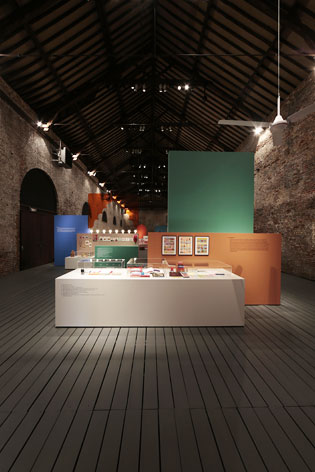
Doshi Levien systematically grouped the objects by their function in the home, arranging them neatly atop colourful bazaar-inspired plinths. Courtesy GHI.
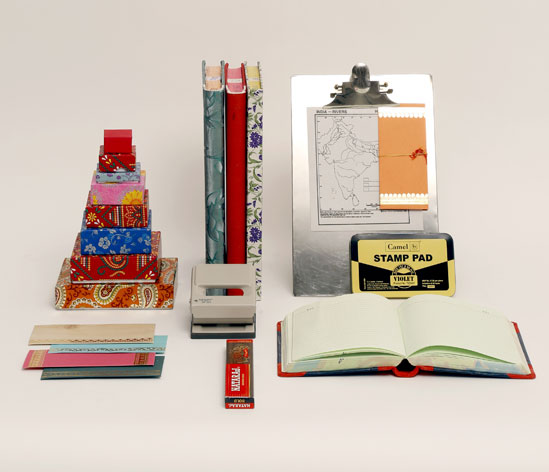
The show's entrance is loosely modelled after a government building, with a selection of bureaucratic and paper paraphernalia on display in the first section of the exhibition.
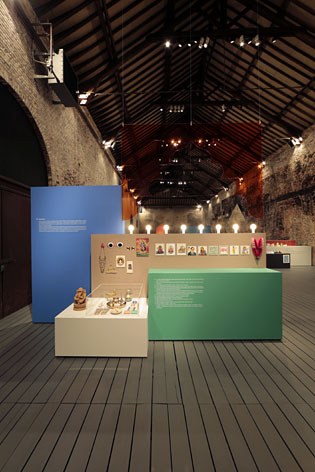
The next section is an abstraction of a shrine for sacred offerings. Nipa Doshi explains: 'I find it very interesting that in India, religion, sacred life and spirituality are intertwined with everyday culture. Every place is dedicated with a shrine, and that to me is very unique to the country. There is no conflict between spirituality and commerce.' Courtesy GHI.
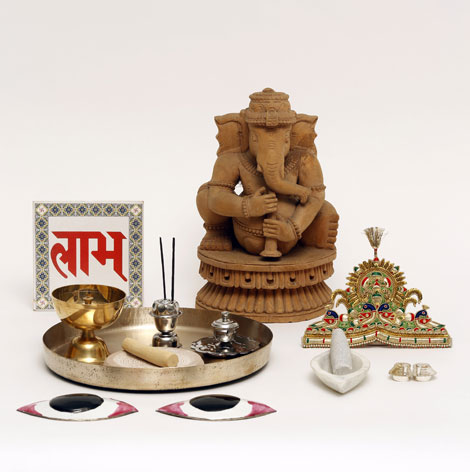
Traditional religious tokens found in an Indian home or shop include: an idol of a chosen deity, sacred offerings, incense and sandalwood crushed into paste with a mortar and pestle.
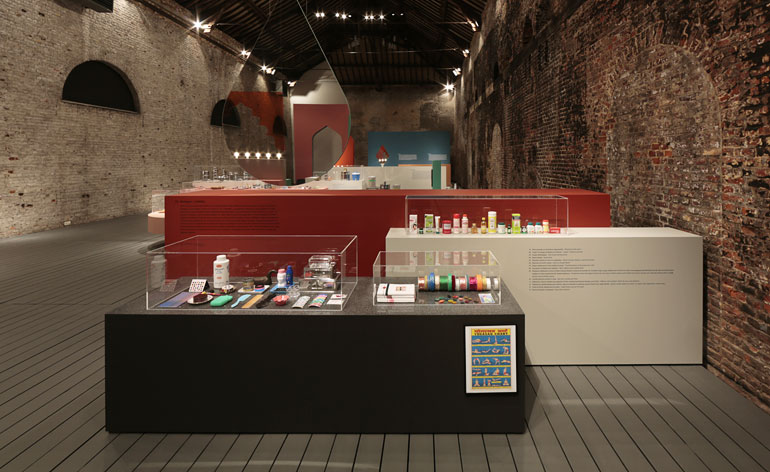
The third display is a basic interpretation of a woman's dressing table. 'In India we have the concept of "shringar". Traditionally there were sixteen steps for a woman to get dressed, but of course, no one does that anymore,' says Doshi. 'Even still, there is a ritual of dressing up in the morning - not just dressing up to go somewhere but to really adorn the body, and to present yourself to the world.' Courtesy GHI.
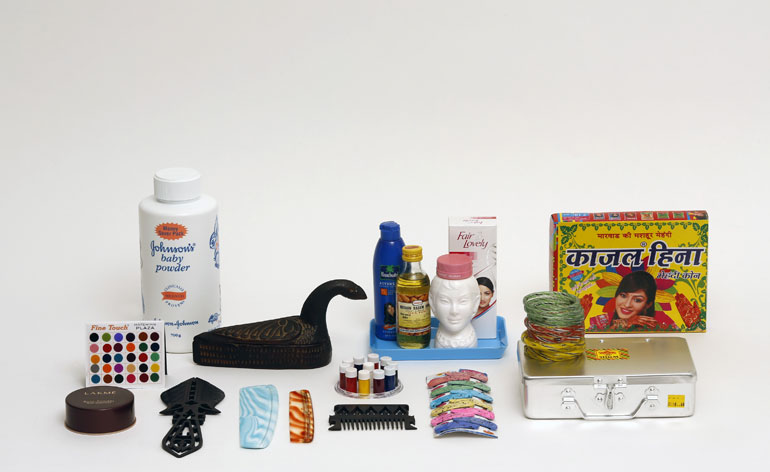
Among the myriad of grooming products on show: skin whitening products, 'Sandoz' calcium tablets, Johnson's baby powder (Doshi quips that she thought this was an Indian product, when she was growing up, due to its prevalance in the country), hair oil, henna paste, jewellery boxes and mass-produced plastic combs.
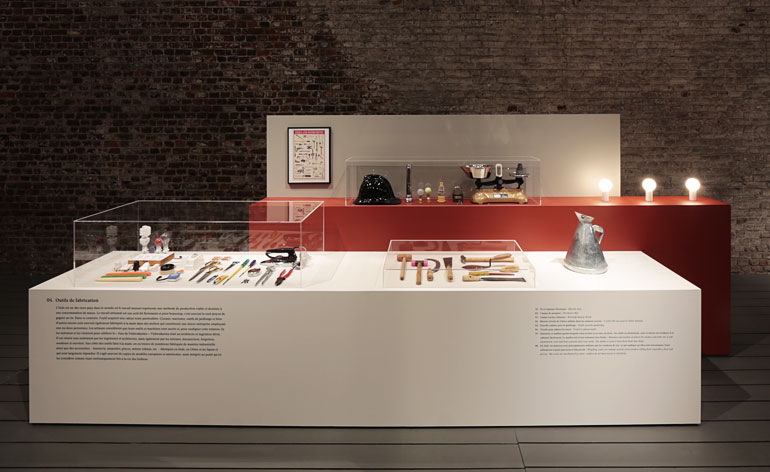
Next, an exhibit dedicated to India's utility makers who work on the streets. 'We don’t necessarily have big factories - the streets are factories,' says Doshi. Courtesy GHI
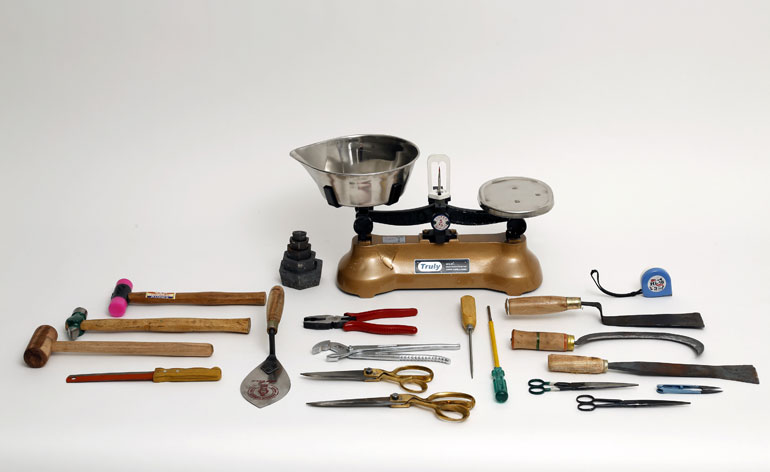
'Virtually every middle class family has a gardener working in their garden,' continues Doshi. 'They also have someone to iron their clothes. The vendors who sell vegetables have a weighing scale that seems like its from 200 years ago'
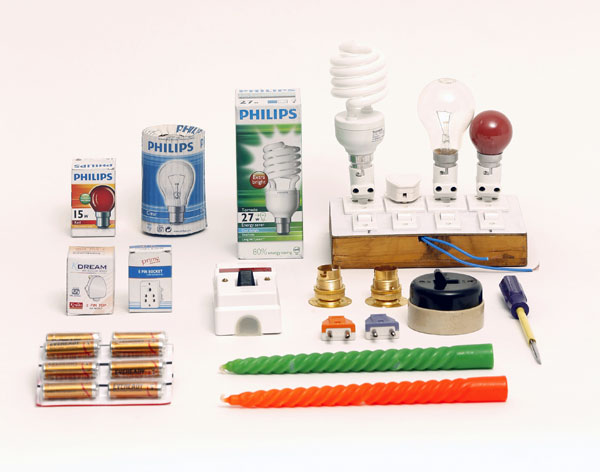
A collection of various electrics, including a custom-made switchboard crafted from wood, which is quite common in India. Doshi has thrown in a pair of candlesticks too, a tongue-in-cheek nod to the country's frequent power outages.
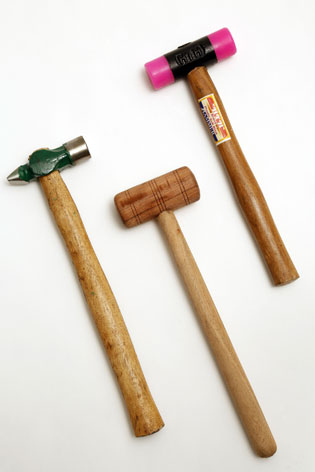
Metal, wood, and silicon hammers. The softer hammer is used to beat stainless steel utensils and cooking vessels back into shape. 'I love the fluorescent pink,' muses Doshi. 'To me it says something about the maker's idea of what is an aesthetic product. I can't imagine an engineer in England ever making a hammer pink.'
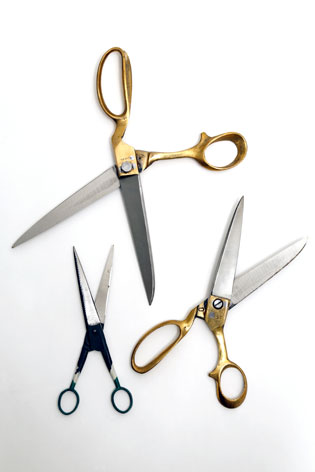
A selection of bespoke handmade scissors found in the markets.
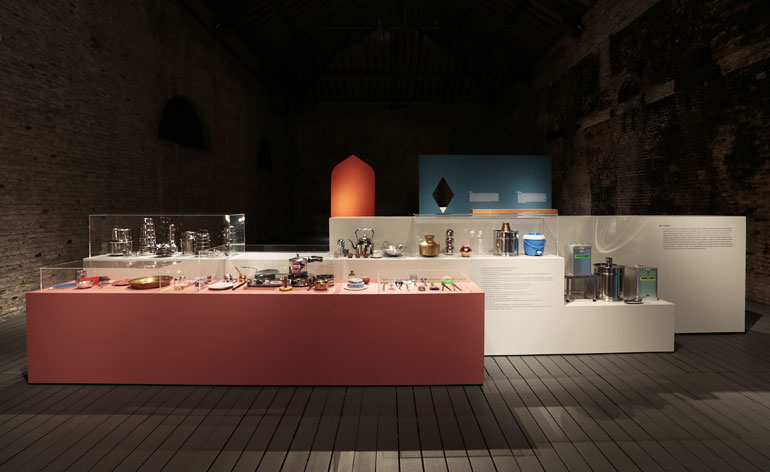
'Eating and cooking is the biggest area of the exhibition,' says Doshi. 'Cuisine is something that keeps people rooted to culture and here, you can see an Indian kitchen is still very much an Indian kitchen.' Courtesy GHI.
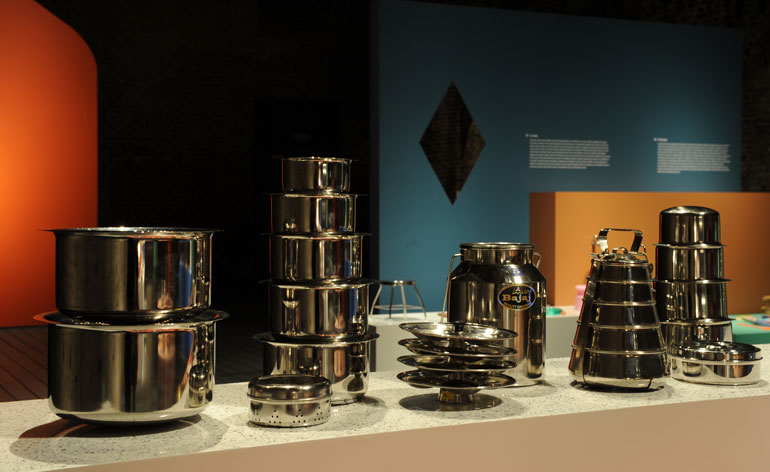
Examples of different cooking pots, which usually come stacked and stored inside each other, while the handles come separately. Courtesy GHI.
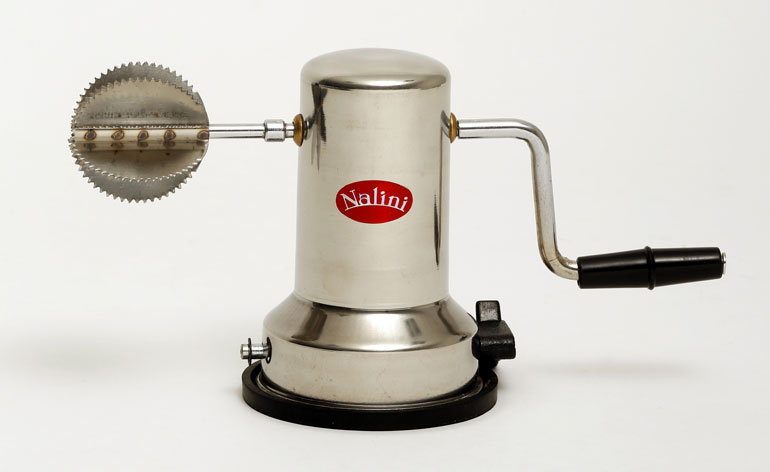
The section includes a variety of utensils unique to the Indian kitchen, such as a dedicated grater for scooping out the inside of a coconut...
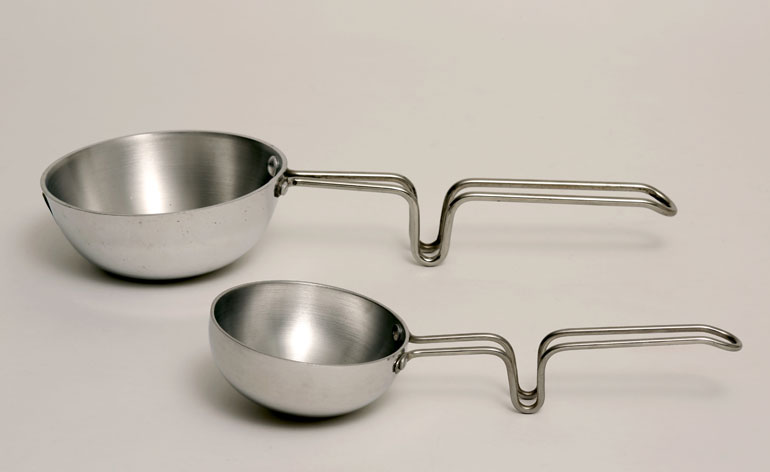
...and tarka bowls for heating oil.
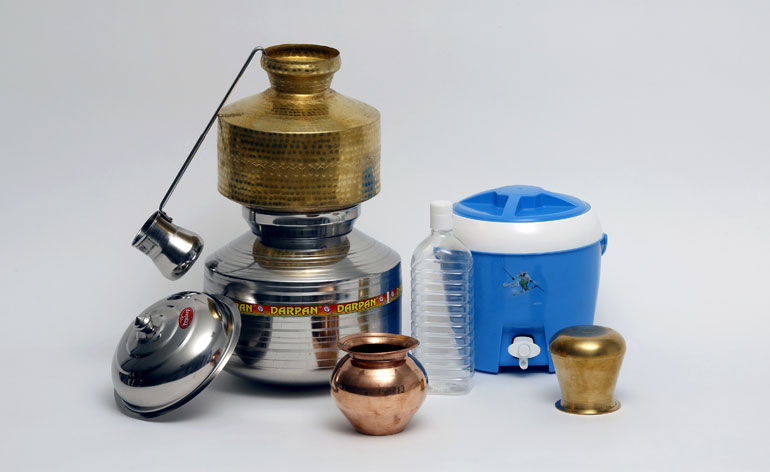
Water vessels, too, come in endless shapes, styles and forms.
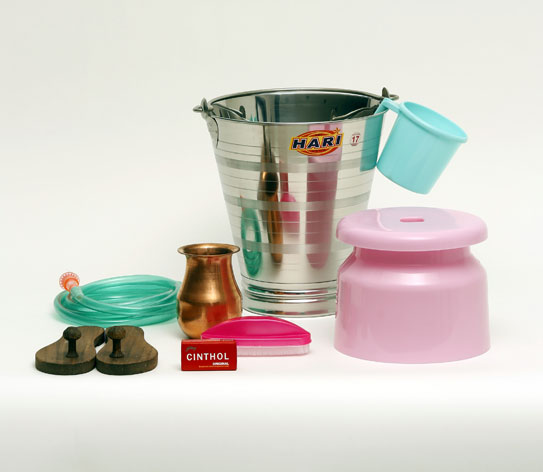
The final volume of the show is dedicated to cleaning, perhaps the most important ritual in Indian culture. Doshi concludes: 'Most people don’t start their day without having a bath, because you cannot make a sacred offering unless you are clean or enter the kitchen before you are washed. There are a lot of ideas about how these rituals are rooted in spirituality and sacredness.'
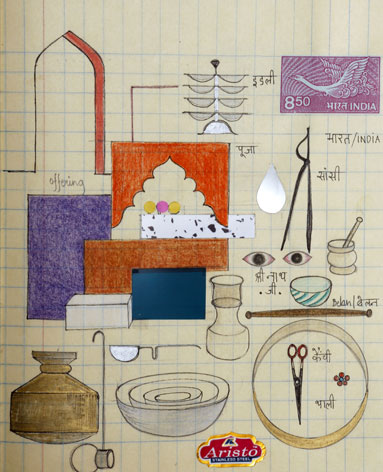
A working sketch by Doshi Levien for the design of the exhibition.
ADDRESS
Grand-Hornu Images
Rue Sainte-Louise 82
B-7301 Hornu
Belgium
Wallpaper* Newsletter
Receive our daily digest of inspiration, escapism and design stories from around the world direct to your inbox.
-
 Put these emerging artists on your radar
Put these emerging artists on your radarThis crop of six new talents is poised to shake up the art world. Get to know them now
By Tianna Williams
-
 Dining at Pyrá feels like a Mediterranean kiss on both cheeks
Dining at Pyrá feels like a Mediterranean kiss on both cheeksDesigned by House of Dré, this Lonsdale Road addition dishes up an enticing fusion of Greek and Spanish cooking
By Sofia de la Cruz
-
 Creased, crumpled: S/S 2025 menswear is about clothes that have ‘lived a life’
Creased, crumpled: S/S 2025 menswear is about clothes that have ‘lived a life’The S/S 2025 menswear collections see designers embrace the creased and the crumpled, conjuring a mood of laidback languor that ran through the season – captured here by photographer Steve Harnacke and stylist Nicola Neri for Wallpaper*
By Jack Moss
-
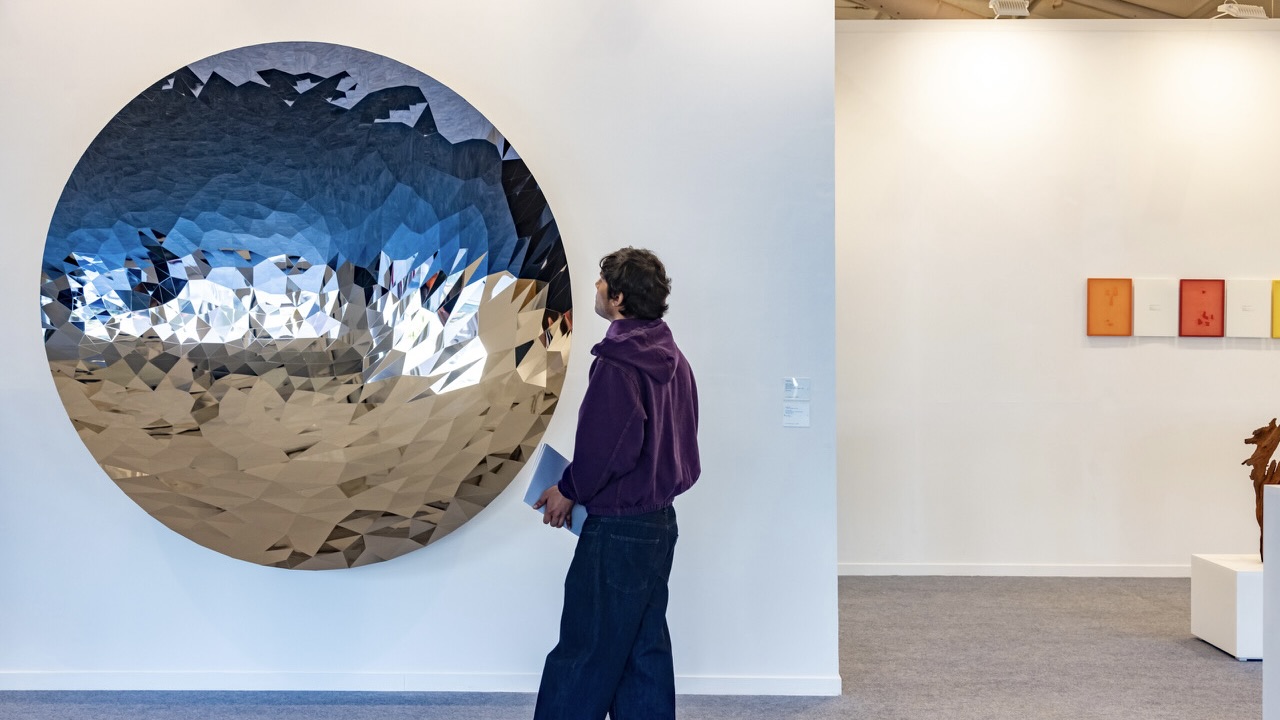 Highlights from the India Art Fair
Highlights from the India Art FairThe worlds of art and design collided at the 16th edition of the India Art Fair, where a global outlook and women artists were front and centre
By Cristina Kiran Piotti
-
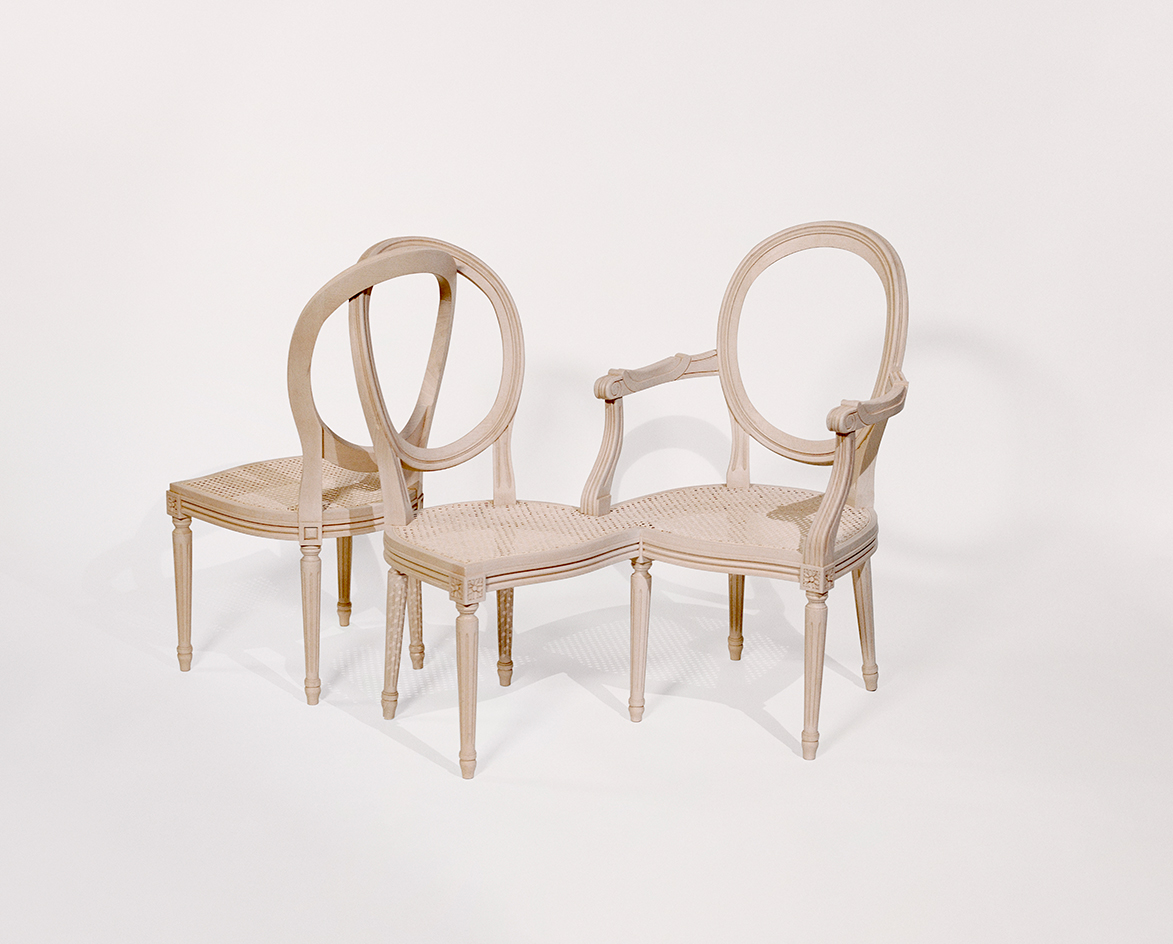 17 designers and artists reinterpret Dior's ‘Medallion’ chair
17 designers and artists reinterpret Dior's ‘Medallion’ chairThe Dior ‘Medallion’ chair project marks the French maison's most significant presence at Milan’s Salone del Mobile to date
By Nick Vinson - Art Direction
-
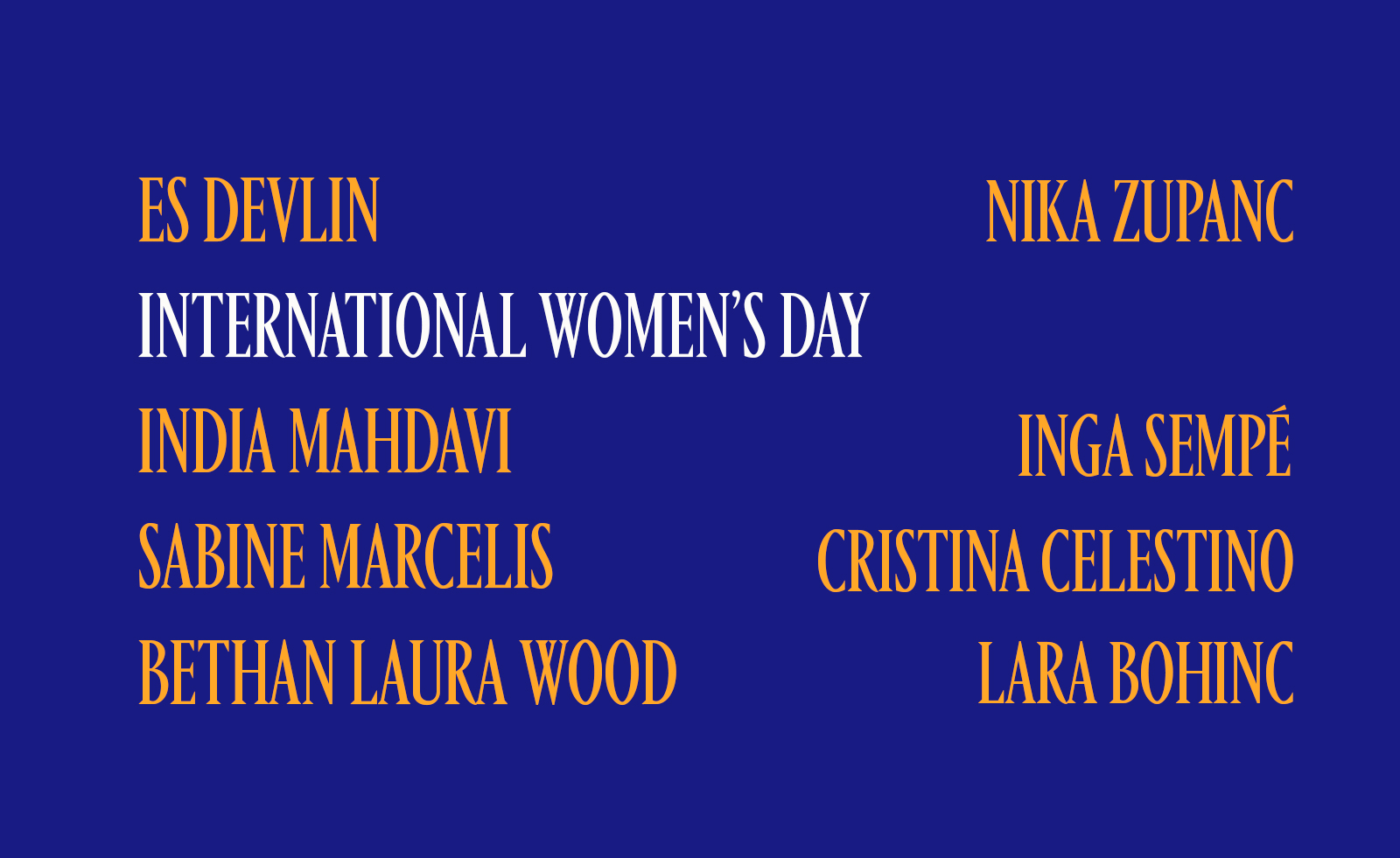 International Women’s Day: leading female designers in their own words
International Women’s Day: leading female designers in their own wordsBy Sujata Burman
-
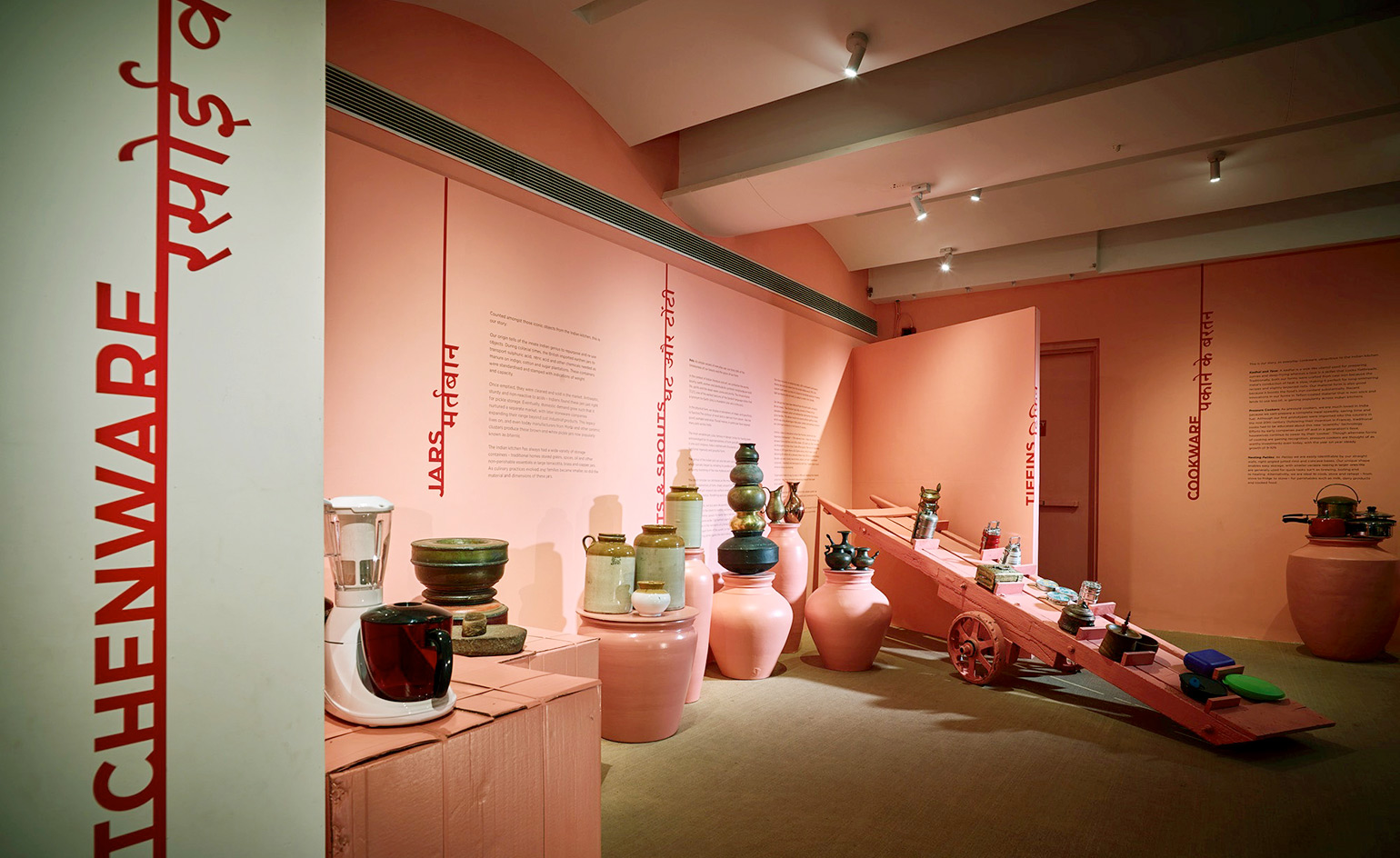 Telling tales: India’s design story is explored in a duet of Mumbai exhibitions
Telling tales: India’s design story is explored in a duet of Mumbai exhibitionsBy Sujata Burman
-
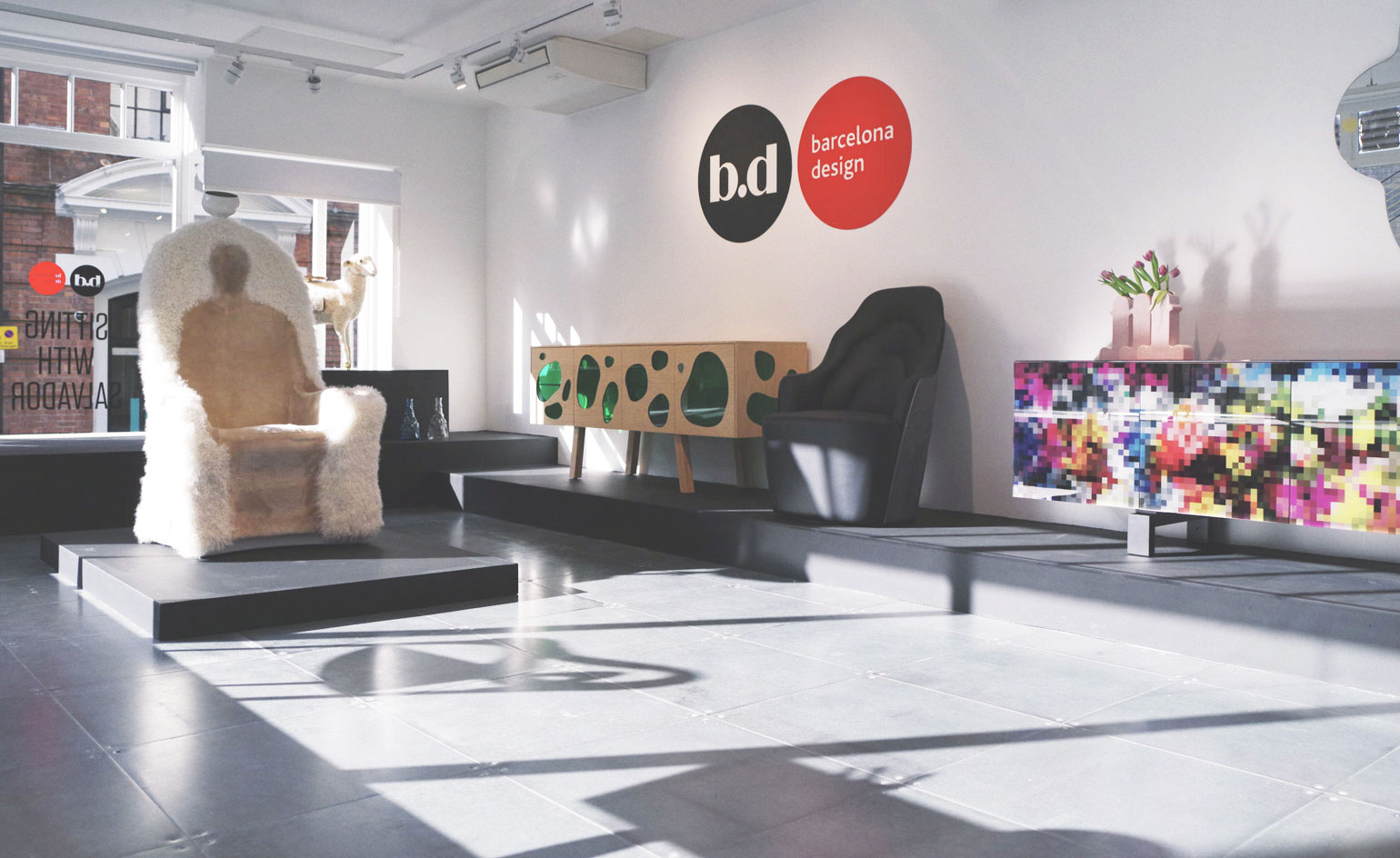 Abstract space: BD Barcelona opens first UK space at Clerkenwell Design Week
Abstract space: BD Barcelona opens first UK space at Clerkenwell Design WeekBy Sujata Burman
-
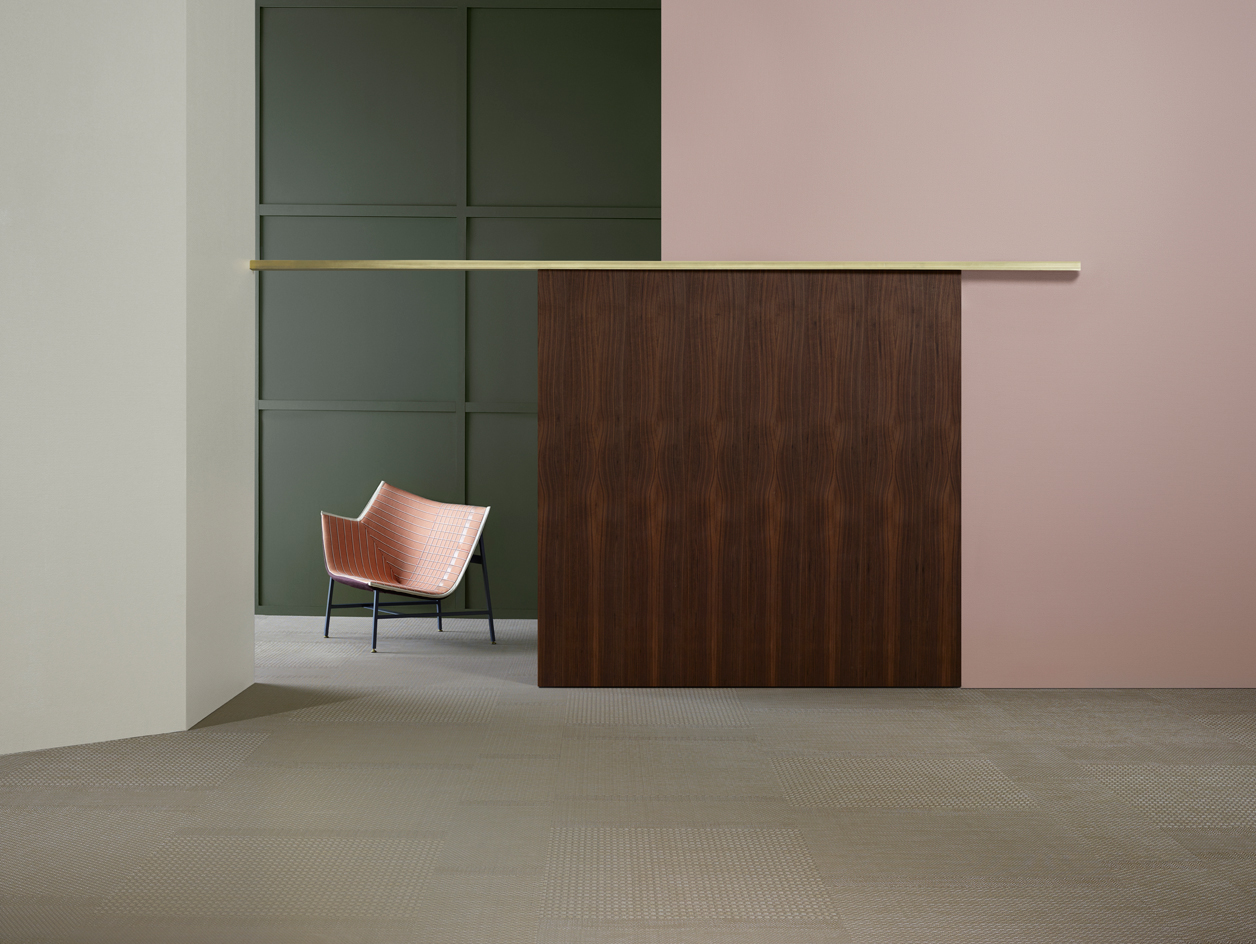 Weave and weft: Bolon reveal customisable flooring system
Weave and weft: Bolon reveal customisable flooring systemBy Rosa Bertoli
-
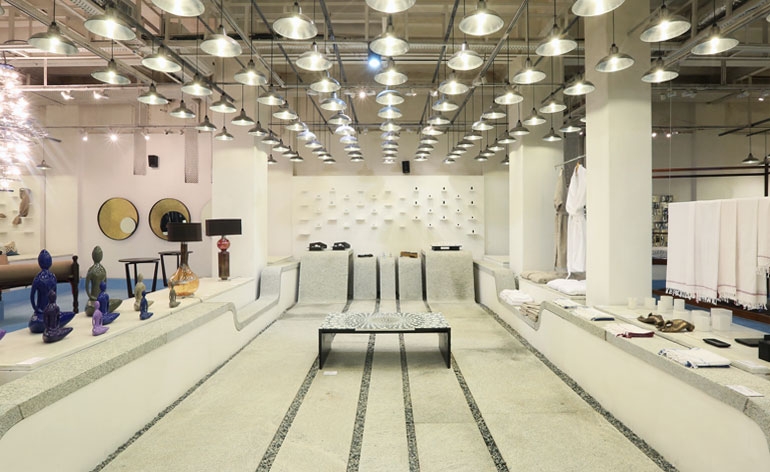 Made In India: Be Open's New Delhi exhibition pays tribute to handcrafted design
Made In India: Be Open's New Delhi exhibition pays tribute to handcrafted designBy Pei-Ru Keh